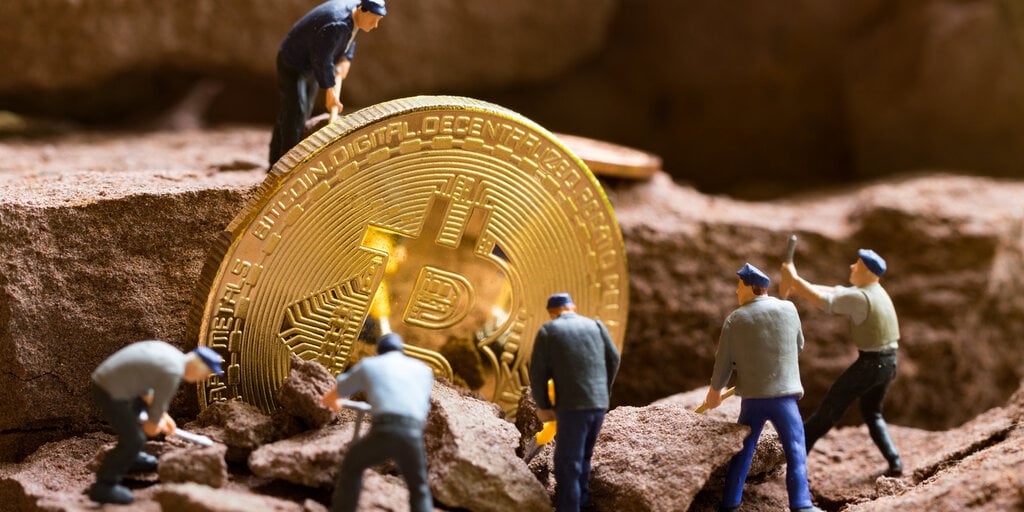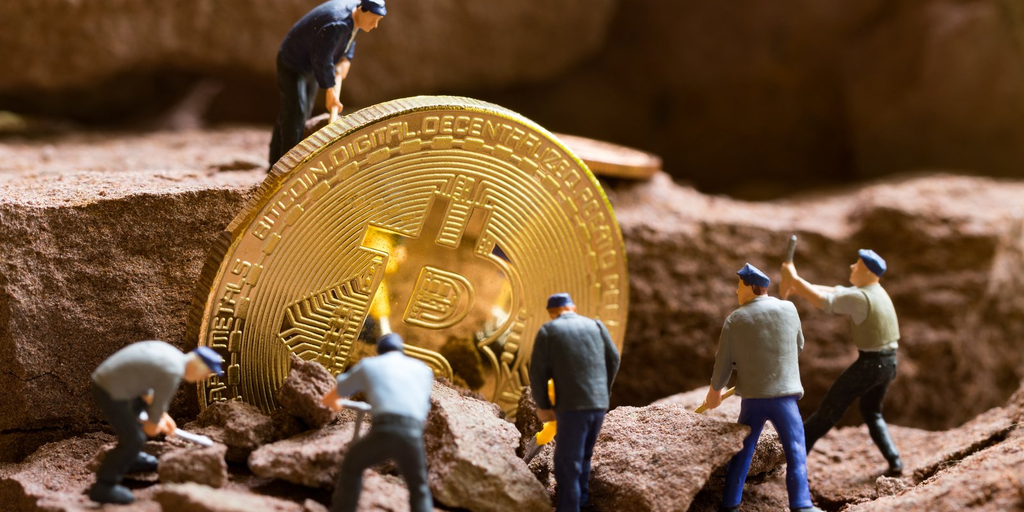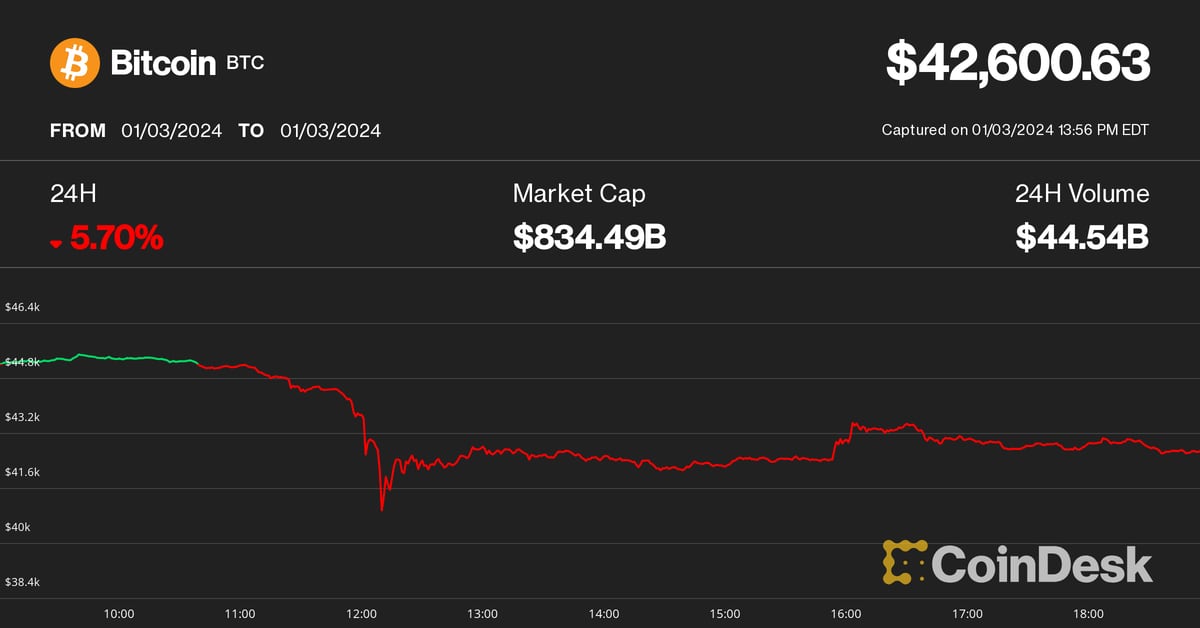

If we do the research, you can get alpha!
Get exclusive reports and key insights on airdrops, NFTs, and more! Subscribe to Alpha Reports now and enjoy the game!
Go to Alpha Report
It appears that almost everyone is eagerly anticipating the Bitcoin halving. This is widely seen as a bullish trigger, as the decline in new token creation creates a supply crunch that pushes BTC prices higher.
But at its core, halving is designed to put the brakes on the Bitcoin factory by making mining less profitable. This puts Bitcoin miners in the crosshairs of the once-every-four-year transition. Are they as bullish as the investors driving most cryptocurrency conversations?
decryption We checked in with some of the largest public Bitcoin mining companies to see how well they are prepared for the halving and whether they will be able to maintain operations after the event takes place late Friday.
“Remember, it’s not exactly true that revenue will be cut in half,” said Isaac Holyoak, CleanSpark’s chief communications officer. “Difficulty could drop by up to 15% after the halving, so miners still hashing can reap additional rewards.”
That means the most competitive miners will have an increasing share of the overall mining market, Holyoke says. This is optimistic for the remaining miners.
Efficiency is key to remaining competitive. Mining companies must keep joules per terahash (j/TH) as low as possible, and teams must ensure that their machines operate at peak performance at all possible times.
“The landscape shows that CleanSpark is leading in both of these areas,” Holoyak said.
As mining volume increases…
The broader market appears to agree. Despite Bitcoin itself rebounding following the approval of a Bitcoin spot ETF ahead of the halving, most mining stocks have fallen steadily this year. However, CleanSpark is one of the only exceptions.
CleanSpark stock (NASDAQ:CLSK) is up 50% year to date, nearly keeping pace with Bitcoin’s performance. By contrast, shares of Texas miner Riot Platforms ( RIOT ) plunged 46%, while British Columbia’s IREN fell 30%. WGMI (Valkyrie’s ETF, which diversifies across multiple public miners) is down 19%.
But if you look closely, the market’s pessimism may be unfounded. Last March, with the price of Bitcoin above $65,000 at the time, a new analysis of Cantor Fitzgerald’s public miners found that all major players would still remain profitable after the halving.
“After the halving, our margins remain resilient and we are well positioned to continue to grow our business,” an IREN spokesperson said. decryption.
Assuming the Bitcoin price is currently at $70,000, which is higher than about $64,000 but lower than last month’s all-time high of about $74,000, the next generation of miners, classified as Bitmain T21 and S21 miners, currently generate about 23 to 25 cents. Revenue per kilowatt hour.
By comparison, IREN says the cost of power for a “large operator” like IREN is about 4 cents per kWh, thanks in part to the company’s “vertical integration” and “flexibility in power costs,” including its use of demand response programs.
Demand response involves shutting down operations when the power grid is stressed and receiving compensation from the state. Both IREN and Riot have been beneficiaries of these programs in Texas, often receiving better compensation for their participation than they could have earned by remaining active.
“Riot is focused on growing horizontally by adding hashrate and vertically by integrating with the energy supply chain,” said Pierre Rochard, the company’s vice president of research. Riot also recently announced a strategic investment in Reformed Energy. This allows us to convert waste landfill gas into energy for BTC mining while also cleaning up the environment.
Both companies have strong balance sheets, although they have different ways of handling their money. IREN currently has more than $300 million in debt-free cash on its balance sheet, while Riot instead holds mined Bitcoin worth up to 8,490 BTC ($567 million) as of March 31.
Although CleanSpark holds a relatively small amount of 5,021 BTC, it holds almost double the amount of BTC mined by Riot during the month (806 vs. 425).
What about mining pools?
Foundry, the world’s largest Bitcoin mining pool, said it is seeing signs of maturity among public Bitcoin miners. Many of its members purchased next-generation miners when prices were low during bear markets, filling more than $1 billion in orders late last year.
Many miners are also experimenting with aftermarket firmware, which allows them to over-deploy or under-deploy their equipment depending on power costs and market conditions.
“As the sector evolves, halving is driving a shift toward more efficient operations and smarter capital deployment,” said Charles Chong, director of strategy at Foundry. “The prospect of revenues being halved overnight every four years is unprecedented in other sectors, but the predictable nature of these events allows for strategic preparation.”
That said, Foundry’s point applies more strongly to large corporate miners, while Bitcoin is an open network with small miners distributed around the world. Without strategic maneuver and access to economies of scale, it’s easy to think that home-based miners and independent miners might not be all that rich.
Foundry believes profitable home mining will “no longer exist” if it is halved.
“The growing gap in operational and cost-effectiveness between home and institutional miners suggests that successive halvings will make it increasingly difficult for the former to remain viable,” Chong said.
Others are more optimistic. IREN’s Rochard believes that microgrid mining configurations that use “rooftop solar, flue gases from pastures, and heat reuse through water and air heating” are becoming more viable mining alternatives over time. Cleanspark says that combined with the most powerful machines, there is still a chance to make money.
“The payback period will be much longer, but it can still be done,” Holoyak said.
Overall, even miners are optimistic about the halving from a long-term perspective. After all, Bitcoin’s “supply crisis” story has a history of coming true, sparking an exponential rise in Bitcoin prices that more than compensates for the short-term decline in miners’ profits.
IREN noted that Bitcoin’s annual inflation rate will fall to 0.85% after the halving, much lower than gold’s. To achieve price parity with gold, the BTC price per coin would need to reach $700,000, they said.
IREN predicted that “high levels of institutional and retail demand for Bitcoin ETF products, coupled with expectations of monetary policy easing in late 2024, could place significant upward pressure on the price of Bitcoin in the coming months.” .
Editors: Ryan Ozawa and Andrew Hayward



